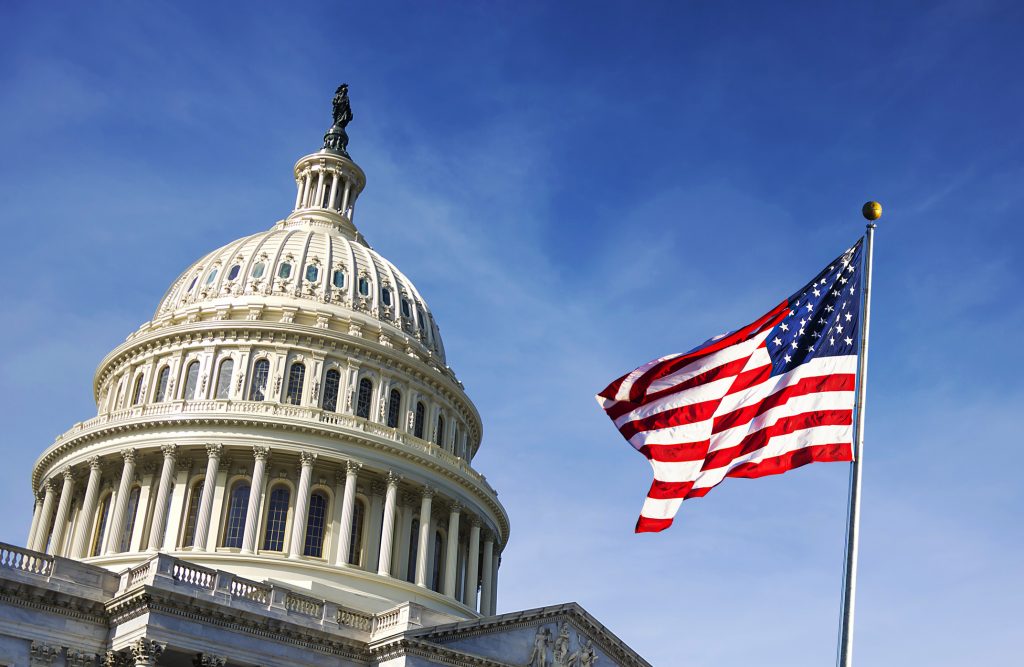Last week, Congress approved and the President signed into law the CARES Act, the third legislative package to address the COVID-19 national emergency. This $2 trillion package contained more than $30 billion in funding for education overall, including a new Education Stabilization Fund that will provide more than $13 billion in flexible funding for K-12 schools. The Department of Education has until April 26th to send out Education Stabilization Fund applications to states and then another 30 days to accept or reject those applications. Once its applications is accepted, each state will receive a formula grant that will be based on its population of individuals aged 5 to 24 and the number of its Title I children. States will distribute this funding to their districts via a Title I formula. Districts can use this funding for virtually any need – indeed, all activities under the Elementary and Secondary Education Act, the Individuals with Disabilities Education Act, the Perkins Career and Technical Education Act and other federal laws are considered eligible uses. However, the CARES Act also specifically calls out other key eligible uses, likely in an effort to encourage districts to spend dollars in those areas, including: “providing principals and other school leaders with the resources necessary to address the needs of individual schools”; “purchasing educational technology (including hardware, software, and connectivity) … which may include assistive technology or adaptive equipment”; and “planning and implementing activities related to summer learning and supplemental afterschool programs, including providing classroom instruction or online learning during the summer months…”
The CARES Act also authorized the Secretary of Education to waive, upon request by states and school districts, Every Student Succeeds Act provisions and regulations related to assessments, accountability and reporting requirements. Nearly every state has already applied for and received waivers not to conduct annual assessments this year because of the COVID-19 emergency. Other items eligible for waiver include: eligibility requirements for schoolwide programs for Title I; maintenance of effort requirements; the prohibition on carrying over more than 15% of Title I funds between fiscal years; and Title IV-A’s funding allocation requirements including its bar on using more than 15% of funds received for purchasing technology.
This week, before the ink dries on the CARES Act, conversations around the next COVID-19 package have already begun. While that may seem too soon as the $30 billion allocated for education has not even reached schools, it is worth noting that:
- Congress’ response to the Great Recession in 2009 provided far more money to education — $100 billion – than its response to COVID-19 did.
- Many analysts believe that COVID-19’s damage to the nation’s economy will be far greater than the havoc wreaked by the Great Recession, with states and localities particularly hard hit this year by revenue losses caused high unemployment and lower property taxes collections. As a result, many state and local leaders are already discussing reducing education funding, rolling-back educator pay raises and perhaps even lay-offs.
- There remains a need for dedicated funding to connect student unconnected to the Internet in their homes so that their learning can continue. Opening Title IV-A to greater technology purchases and making distance learning an allowable use of the Education Stimulus Fund will likely not solve that pressing issue.








